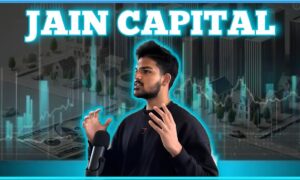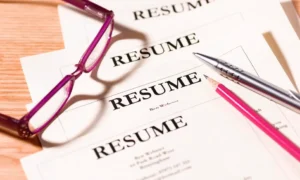In today’s financial markets, the backbone of seamless transactions lies in efficient trade settlement and clearing solutions. These processes ensure that trades are completed accurately, securely, and on time. Whether you are a seasoned investor or a curious youth looking to understand the mechanics of financial markets, this guide will break down the essentials of trade settlement and clearing solutions in simple terms.
What Are Trade Settlement and Clearing?
Trade settlement and clearing are critical steps in the lifecycle of a financial transaction. Here’s a quick overview:
Clearing: Before settlement, there’s a process called clearing. Clearing involves verifying the transaction details, ensuring there are sufficient funds in the buyer’s account, and making sure the seller owns the asset they’re selling. Clearing acts as a bridge to make settlement possible.
Why Are These Processes Important?
Imagine a world where trades are made but never completed. Buyers would never get what they paid for, and sellers wouldn’t receive their money. Chaos, right? Trade settlement and clearing bring structure and trust to financial markets by:
Reducing Risks: They ensure that all parties in a trade fulfill their obligations, minimizing the risk of fraud or non-payment.
Enhancing Efficiency: Automated clearing systems process transactions quickly, saving time and reducing manual errors.
Promoting Trust: Investors and financial institutions rely on these systems to keep markets functioning smoothly.
Supporting Global Markets: With seamless clearing and settlement, financial markets worldwide can stay interconnected and operational.
How Do These Solutions Work?
Trade settlement and clearing involve several key players and technologies. Here’s a simplified breakdown of the process:
Trade Execution: A trade is initiated, for example, when someone buys or sells a stock.
Trade Confirmation: Both parties confirm the trade details to ensure there’s no discrepancy.
Clearinghouse Role: A clearinghouse steps in as an intermediary. It ensures both the buyer and seller meet their obligations by:
- Matching the trade details.
- Guaranteeing the trade’s completion.
- Calculating the net payment or delivery obligations.
Settlement: The clearinghouse facilitates the actual exchange of money and assets, ensuring that ownership transfers securely and promptly.
The Technology Behind Modern Solutions
With advances in technology, trade settlement and clearing have become faster and more reliable. Key technologies include:
Blockchain: Blockchain’s distributed ledger technology ensures transparency and security in transactions. It reduces the need for intermediaries, speeding up settlement times.
Artificial Intelligence (AI): AI algorithms analyze transaction patterns to detect potential fraud or errors before they occur.
Real-Time Gross Settlement (RTGS): This system facilitates the immediate transfer of funds between banks, enhancing the efficiency of settlements.
Automated Clearing Houses (ACH): These are electronic networks that process batches of transactions, making the system scalable for high volumes of trades.
Challenges in Trade Settlement and Clearing
Despite technological advancements, some challenges remain:
Complex Regulations: Compliance with varying international regulations can slow down the process.
Cybersecurity Risks: As systems go digital, they become potential targets for cyberattacks.
Settlement Delays: In some markets, trades still take a few days to settle, which ties up capital and increases risks.
Infrastructure Gaps: Emerging markets may lack the sophisticated systems needed for efficient clearing and settlement.
Innovations to Watch For
The financial world is constantly evolving, and new innovations aim to make trade settlement and clearing even more efficient:
Instant Settlement Solutions: These aim to eliminate the time lag between trade execution and settlement.
Smart Contracts: Using blockchain, smart contracts automatically execute and enforce settlement agreements when predefined conditions are met.
Central Bank Digital Currencies (CBDCs): These could streamline settlements by enabling direct transactions between parties.
How Does This Affect You?
Even if you’re not actively trading, understanding trade settlement and clearing can:
- Help you appreciate how financial markets work.
- Prepare you for a career in finance or fintech.
- Enable you to make informed decisions if you start investing.
For youths aspiring to join the financial industry, learning about these systems is a stepping stone to grasping broader market operations.
Conclusion
Trade settlement and clearing are vital for the smooth functioning of financial markets. They build trust, enhance efficiency, and ensure that trades are completed securely. As technology continues to advance, these processes are becoming faster and more reliable, paving the way for a more interconnected and dynamic financial future.
Whether you’re an investor, a student, or just curious about the financial world, understanding these processes is key to appreciating the complexities of global markets. With trade settlement and clearing solutions evolving rapidly, the future of market operations is brighter and more streamlined than ever before.



































